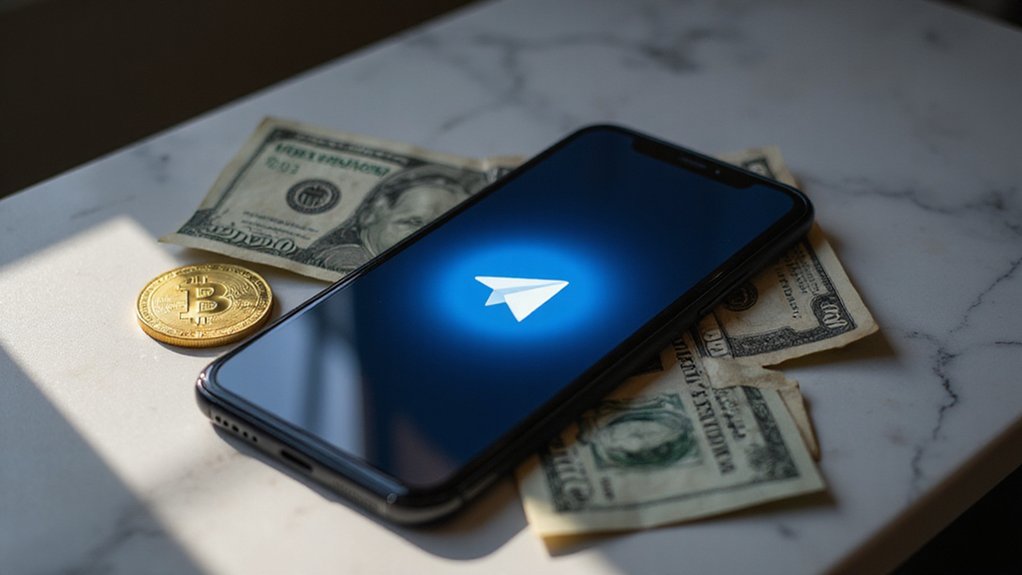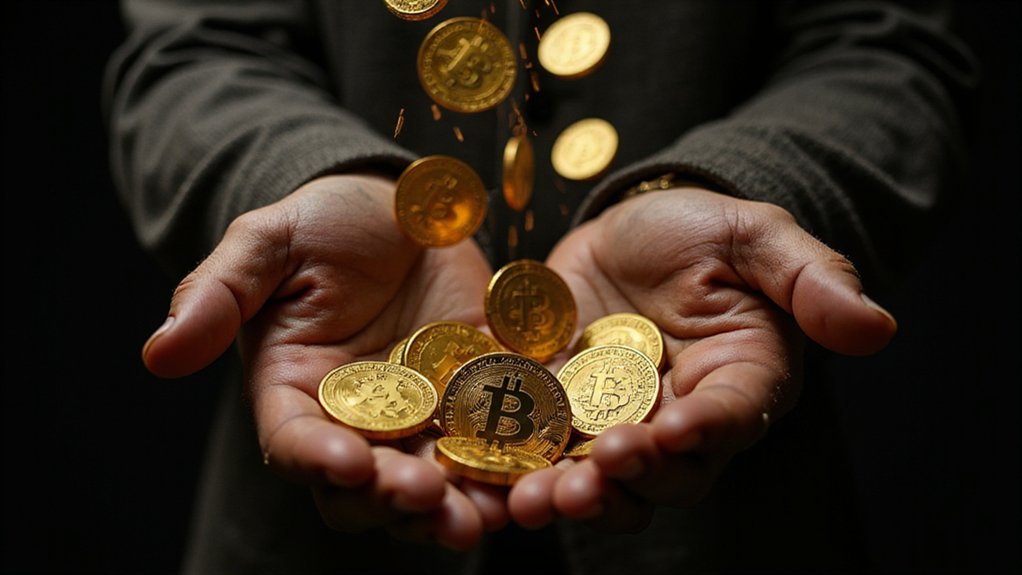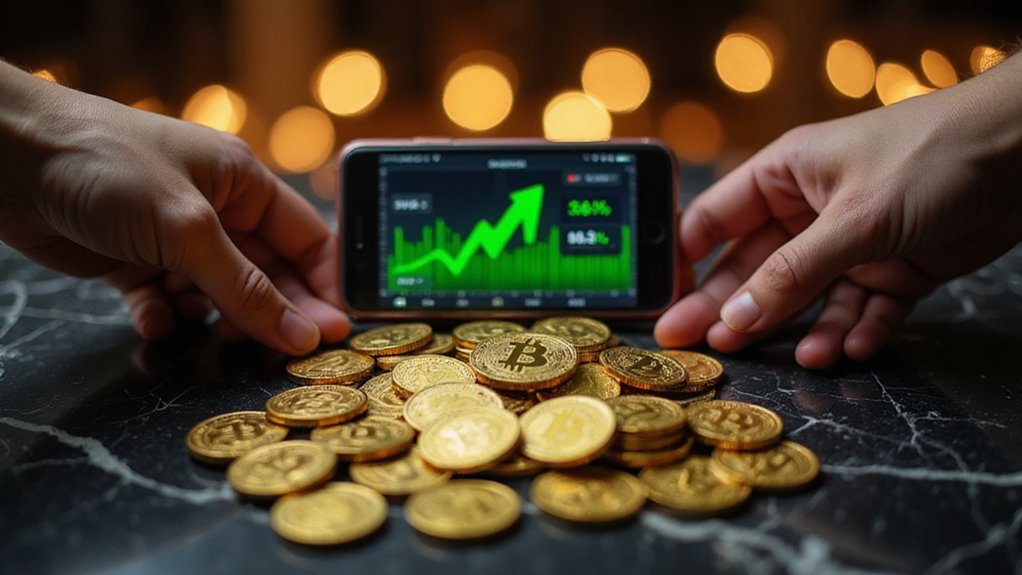Revolution, it seems, arrives not with manifestos but with menu updates. Telegram‘s July 22nd launch of its built-in TON wallet for 87 million U.S. users represents perhaps the largest crypto wallet integration on a social media platform—transforming a messaging app into a financial gateway with remarkable casualness.
The timing proves instructive. After regulatory hesitations that delayed the U.S. rollout, changing conditions in 2025 cleared the path for what amounts to crypto’s mainstream infiltration through the back door of casual conversation. Users can now send TON tokens as effortlessly as sharing memes, blurring the distinction between social interaction and financial transaction in ways that would have seemed fantastical mere years ago.
The technical foundation deserves scrutiny. The Open Network (TON)—originally Telegram’s blockchain creation, now community-managed—offers the ultra-fast transactions and minimal fees essential for mass adoption. This isn’t merely about adding crypto features; it’s about creating a symbiotic ecosystem where blockchain functionality feels native rather than bolted-on.
The self-custodial nature means users control their private keys directly, eliminating third-party custodial risks while maintaining the seamless experience that made Telegram ubiquitous. The wallet operates without setup fees at launch, removing traditional barriers that have historically deterred mainstream crypto adoption. Modern non-custodial wallets like OKX Web3 demonstrate how users can maintain complete sovereignty over their digital assets without surrendering control to centralized platforms.
Market dynamics reveal the ambition’s scope. With over 100 million global TON wallet activations by 2024, the U.S. expansion targets a massive user base already comfortable with Telegram’s interface. The wallet supports peer-to-peer transfers, token swaps, staking yields, and zero-fee purchases through integrated partnerships—essentially offering an extensive financial toolkit within a chat application. Additionally, users can purchase crypto through MoonPay partnership integration, providing seamless on-ramp access for digital asset acquisition.
The financial backing tells its own story. The Open Platform raised $28.5 million in Series A funding, reaching a $1 billion valuation with support from Ribbit Capital and Pantera Capital. Such investment reflects confidence in Telegram’s ability to bridge the gap between crypto complexity and user accessibility.
Whether this represents crypto’s maturation or another speculative bubble remains unclear. What’s certain is that Telegram has positioned itself at the intersection of communication and commerce, making crypto transactions as mundane as sending texts.
The implications for both messaging platforms and financial services could prove profound—assuming users embrace this convergence of social and financial infrastructure.








